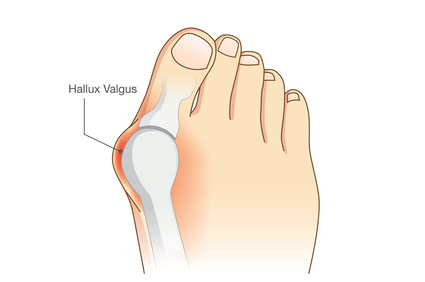Are Barefoot Running Sports good or not?
Humans have been running around and playing barefoot sports since long before the first shoe was ever invented . While shoes are incredibly useful for protecting our feet from the weather, and dangerous objects we might step on, many people say that shoes are ruining our form when we run. For this reason more and more people every year are choosing to play barefoot sports. Is this a good idea or not?
. While shoes are incredibly useful for protecting our feet from the weather, and dangerous objects we might step on, many people say that shoes are ruining our form when we run. For this reason more and more people every year are choosing to play barefoot sports. Is this a good idea or not?
The Basic case for Barefoot Running Sports
Running while barefoot is claimed to be able to correct the form of a runner, and encourage them to run on the front ball of their feet, rather than the heel. Claims that this type of running results in far fewer injuries than running flat-footed, which shoes encourage remain under scrutiny.
Playing Surfaces Matter
In places like Mexico and countries where the majority of running is done on dirt or grass, barefoot is a very popular method of running. But in more developed countries like the U. S, most running is done on much more unforgiving surfaces such as concrete, asphalt, rubber, or running tracks. Playing barefoot sports on these types of surfaces can lead to a variety of different injuries. Surgeons who specialize in the feet and ankles have reported that the number of injuries occurring from running is directly correlated to changes in the striking rhythm of the foot and loss of cushioning. Care and prevention of foot injuries caused by playing barefoot sports are very important.
Traditional Barefoot Sports
There are a number of sports in which participants wear little or no footwear. Modern dance, martial arts, gymnastics, and surfing to name a few. The well-being of the foot and lower limb are affected by the natural physiology and anatomy of the participant. Good coaching and appropriate preparation and post-activity rehabilitation also play a part. Keeping this in mind there are also some injuries that can in part be attributed to the lack of footwear.
Common Injuries related to Sports without Footwear
-
Stress Fracture
One of the most common injuries resulting from playing barefoot sports is a stress fracture. Stress fractures can occur when the weight you are bearing on the afflicted foot or ankle is greater than the bone is able to handle. This causes micro-cracks in the bone which can be very painful. Often times the out shell of the bone is unharmed while the inner shell is cracked and leads to loss of mobility, pain, and swelling. If you have a stress fracture resulting from playing barefoot sports, you might want to try treating it with anti-inflammatories to reduce the pain. At the same time, you should switch up your training, stay off your feet for a while, and take vitamin D supplements for maximized healing.
-
Tendonitis
Another very common injury occurring from playing barefoot sports is tendonitis. Tendinitis most often happens in the tendons surrounding the ankle and foot, though it can occur in any tendon that is aggravated or overused. The most commonly affected tendons are the Achilles tendon and the peroneal tendons. A sign you might have tendonitis is swelling and pain around the tendons. If not treated within a proper time frame, tendinitis can lead to a complete tear of the afflicted tendon, weakness, and pain in the area. To treat tendonitis the best methods are usually to take anti-inflammatories, cross-train, and participate in physical therapy.
-
Ligament Damage
The third common injury suffered by those who play barefoot sports is a ligament injury. Often times the ligament that stabilizes the knuckle of the toes is aggravated or torn. This is because barefoot sports put an increased amount of pressure on the front of the foot near the toes. This change in weight distribution can sometimes lead to a sudden partial or complete tear of the ligament that runs along the forefront of your foot. Or if it doesn’t happen suddenly, it can lead to a slow tear of the ligaments in your foot or chronic inflammation. Symptoms of a ligament injury oftentimes include pain and swelling, and in extreme cases, a deformed claw toe. If you think you might have a ligament injury from playing barefoot sports, there are a few ways you can treat it. Anti-inflammatories will help reduce swelling and pain in your foot, while unloading pads can reduce the strain on your foot while you walk. If your ligament injury is too severe to be treated with over-the-counter methods, surgery may be required.
Planning to take up a Barefoot Sport?
Barefoot sports have many benefits for those that participate in them, but they should be eased into. If you have been running in shoes your entire life, it is best to slowly induct yourself into playing barefoot sports. It is recommended that you take anywhere from nine months up to a full year to completely transition away from shoes and into barefoot sports. If you are experiencing any aches and pains from playing barefoot sports, you need to see your doctor if they last longer than two weeks.


